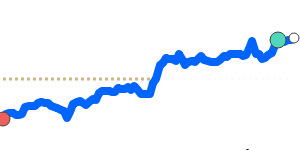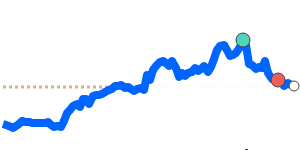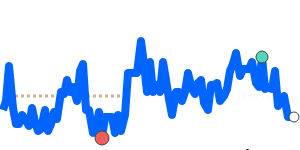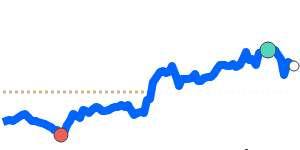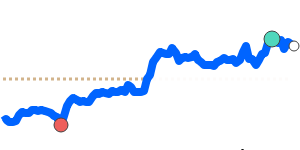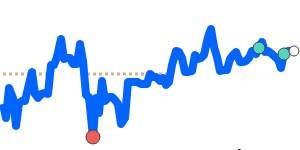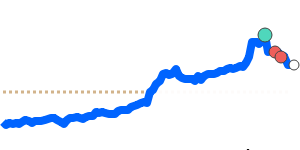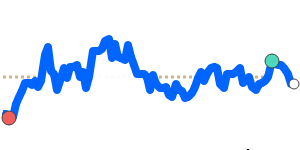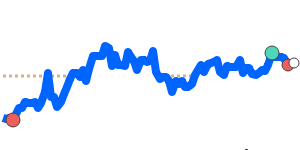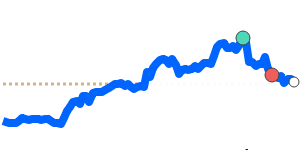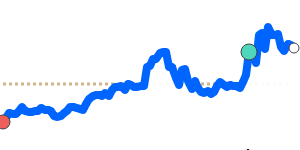The USD to SEK exchange rate has recently come under significant pressure, reflecting broader trends in the U.S. dollar's performance. Analysts noted that the U.S. dollar has been weakening following a surprising dovish rate cut by the Federal Reserve, with multiple cuts anticipated through 2026 based on current market pricing. This environment of reduced interest rate expectations has contributed to the USD sliding to new multi-month lows, compounded by a rise in jobless claims, which suggest a cooling labor market.
The U.S. economic landscape, marked by mixed signals, contrasts a resilient labor market against signs of slowing growth. As a result, the dollar's relative yield advantage is diminished, leading to downward pressure on the DXY index. Given the current state of equity markets, which have seen a renewed risk-on sentiment, the prospects for the USD may remain subdued unless a significant shift occurs.
In parallel, the Swedish Krona (SEK) is witnessing notable strength due to proactive monetary policy adjustments from the Riksbank. Recent interest rate cuts, including an unexpected reduction in September, have bolstered SEK against major currencies, including the euro. Furthermore, stable inflation at 2.8% aligns with broader European monetary policy goals, further reinforcing forecasts of SEK appreciation. Experts from UBS suggest that SEK will continue to strengthen, highlighted by adjustments in currency forecasts in light of these developments.
Currently, the USD to SEK rate stands at 9.2699, which is 1.7% below its three-month average of 9.431. This stability in the recent trading range underscores the expectation that the interplay of the Fed's dovish stance and the Riksbank's proactive measures will keep the SEK resilient against the dollar. The interplay between these central banks' actions and resulting market sentiment will be critical for traders and businesses engaged in international transactions in the months ahead.
